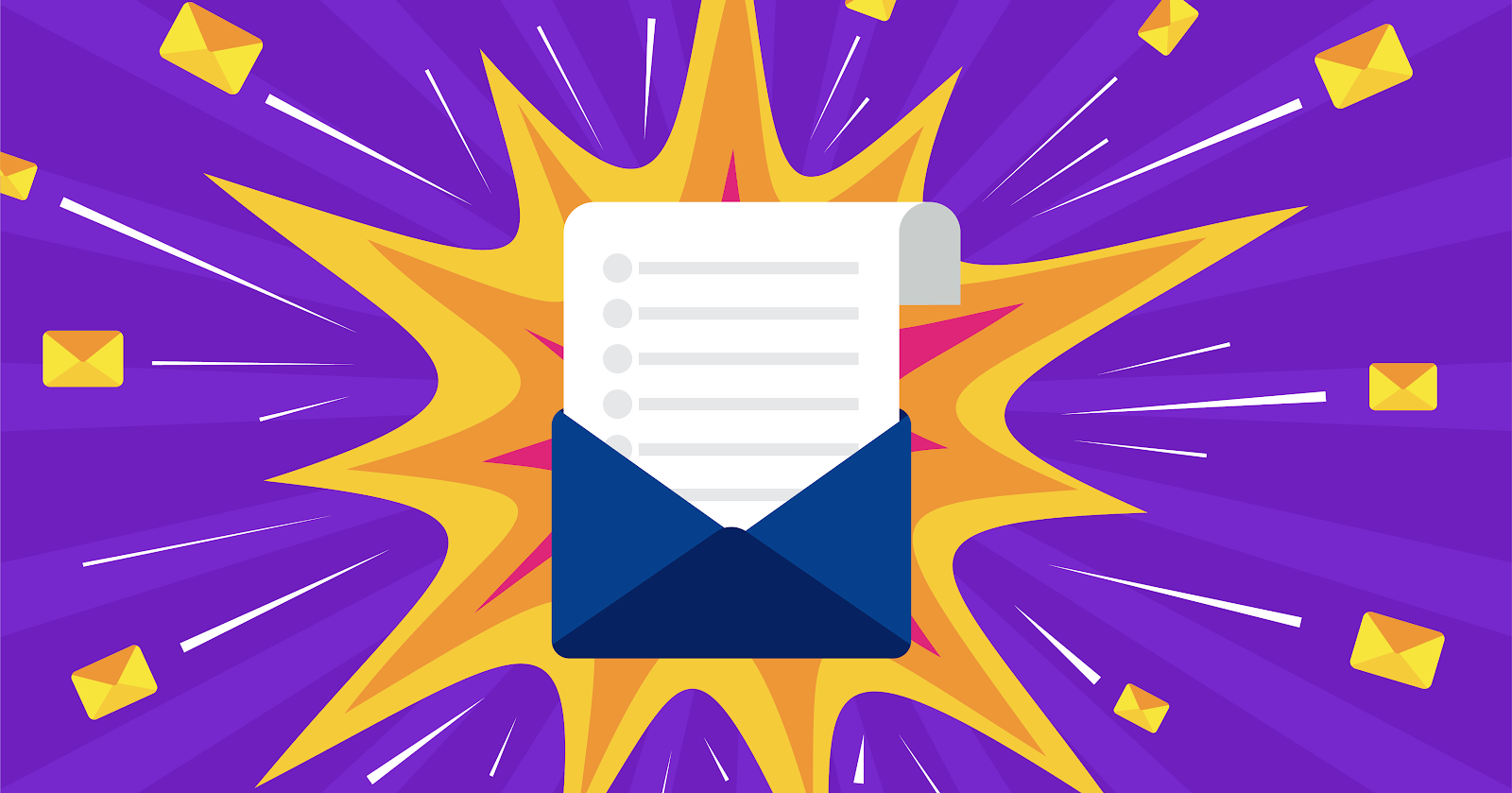
Introduction
In today’s digital-first world, communication happens at lightning speed. As brands compete for attention in crowded inboxes, Email Blasts have emerged as one of the most efficient ways to communicate with a broad audience. But while email blasts offer immense power, they also come with responsibility. Poorly executed campaigns can harm brand reputation and drive potential customers away.
Fortunately, with the right planning, tools, and mindset, you can master email blasts and turn them into a consistent revenue driver for your business.
What Is an Email Blast?
At its core, an Email Blast is a one-time message sent to a large list of email subscribers simultaneously. Often used for announcements, limited-time offers, or product launches, email blasts are quick, impactful, and scalable.
That said, there’s a significant difference between randomly blasting your entire list and sending a carefully segmented, well-crafted message. The former can trigger spam filters and frustrate recipients. The latter can boost engagement, sales, and customer satisfaction.
The Benefits of Email Blasts
Here’s why marketers continue to rely on email blasts, even with evolving marketing channels:
- Instant reach: Get your message out to thousands within minutes.
- Cost-efficiency: No printing or ad spend just your email platform.
- Data-driven optimization: Learn what works via open, click, and bounce rates.
- Customer feedback: Immediate reactions provide insight into audience behavior.
- Versatility: Perfect for sales, announcements, surveys, and reminders.
Moreover, with the right strategy, email blasts can reinforce brand identity, trigger FOMO (fear of missing out), and nurture leads through the buyer’s journey.
Essential Best Practices for Effective Email Blasts
To truly master email blasts, you must blend creativity with precision. Below are essential tips to follow:
1. Segment Your List Before You Send
Segmentation is the foundation of effective email marketing. Instead of treating your audience as a monolith, break them into targeted segments based on:
- Location
- Past purchases
- Browsing behavior
- Email engagement
- Funnel stage
Sending the right message to the right group significantly improves open and conversion rates.
2. Personalization That Goes Beyond First Names
Today’s consumers expect tailored experiences. Fortunately, even within an email blast, you can personalize elements such as:
- Purchase history references
- Location-based offers
- Gender-specific promotions
- Local event announcements
Dynamic content blocks make personalization scalable without needing to create separate emails.
3. Design for Skimming and Impact
Attention spans are short. Therefore, format your blast for quick consumption:
- Use bullet points
- Highlight key offers in bold
- Keep sentences short and punchy
- Use hierarchy with headers and sub headers
- Incorporate attractive visuals
Also, avoid overwhelming the reader with multiple CTAs stick to one clear ask.
Optimize for Mobile and Accessibility
Over 60% of emails are opened on mobile devices. As such, your email design must adapt seamlessly across screen sizes. Key mobile-friendly practices include:
- One-column layouts
- Readable fonts (minimum 14px)
- Large, tappable buttons
- Alt text for images
- Accessible contrast ratios
By ensuring mobile responsiveness and accessibility, you make your content available to all users, regardless of device or ability.
Timing and Frequency Matter
Sending too many emails can result in fatigue and unsubscribes, while sending too few may lead to lost engagement. Here’s what works best:
- Best days: Tuesday, Wednesday, and Thursday
- Best times: Between 9 AM and 11 AM local time
- Avoid: Weekends or holidays unless relevant to your offer
Additionally, test and analyze when your specific audience engages the most.
Legal and Deliverability Considerations
You cannot ignore email compliance. Follow these steps to stay in good standing:
- Include your physical business address
- Offer an easy opt-out link
- Avoid misleading subject lines
- Use double opt-ins when possible
Set up domain authentication (SPF, DKIM, DMARC) to improve deliverability and prevent spoofing.
How to Measure Email Blast Success
Use these KPIs (Key Performance Indicators) to track your email blast performance:
- Open Rate: Are your subject lines effective?
- Click-Through Rate (CTR): Does your content drive action?
- Bounce Rate: Are your emails reaching valid inboxes?
- Unsubscribe Rate: Are you over-sending or mis-targeting?
- Conversion Rate: Are you driving real results?
Use A/B testing regularly to refine your approach. Test subject lines, visuals, send times, and CTA styles to discover what resonates best.
Examples of High-Performing Email Blast Campaigns
- Limited-Time Offer: “Get 30% off – Today Only!”
- Back-in-Stock Alerts: “Our Best-Seller is Back – Don’t Miss Out”
- Exclusive Access: “VIPs Only: Early Access to Our New Collection”
- Event Reminder: “Don’t Forget – Our Webinar Starts in 1 Hour”
These examples work because they are urgent, benefit-driven, and visually appealing.
Conclusion
With thoughtful segmentation, dynamic personalization, and strategic timing, Email Blasts can become a cornerstone of your marketing strategy. Instead of blasting for the sake of it, focus on relevance, timing, and user value. When you treat email as a relationship-building tool not just a megaphone you’ll see higher engagement and long-term loyalty.